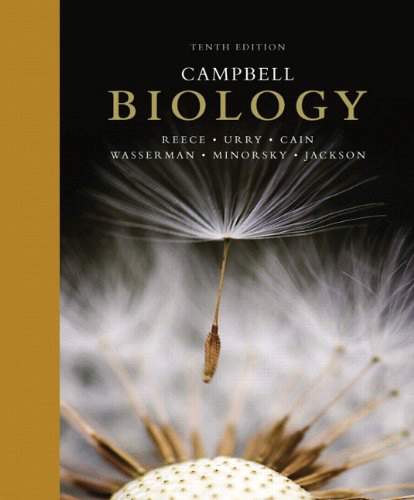Connecting...

This is a quick preview of the lesson. For full access, please Log In or Sign up.
For more information, please see full course syllabus of Biology
For more information, please see full course syllabus of Biology
Biology Human Evolution
Lecture Description
In this lesson, our instructor Bryan Cardella gives an introduction on human evolution. He explains primates, anthropoids, hominins, australopithecines, the genus 'homo', homo habilis, homo ergaster, homo erectus, homo heidelbergensis, homo sapiens neanderthalensis, the modern human and Neanderthal, homo sapiens sapiens, homo floresiensis, and finishes with a summary of human migration.
Bookmark & Share
Embed
Share this knowledge with your friends!
Copy & Paste this embed code into your website’s HTML
Please ensure that your website editor is in text mode when you paste the code.(In Wordpress, the mode button is on the top right corner.)
×
Since this lesson is not free, only the preview will appear on your website.
- - Allow users to view the embedded video in full-size.
Next Lecture
Previous Lecture










































 Answer Engine
Answer Engine

0 answers
Post by Bryan Cardella on May 15, 2018
NOTE: The end of this lesson on Human Migration is based on the data that scientists had in 2014! A lot has changed in the last few years. More discoveries mean updated time frames:
- Humans migrated out of Africa much earlier than we thought. There is evidence that it happened anywhere from 100,000-85,000 years ago
- Humans made it to the Americas earlier than we suspected as well. That could be close to 100,000 years ago...if that seems way earlier than expected (based on the first point), the recent analyses have a time range based on the radiometric dating. More fossils need to be discovered to better pinpoint the time frames! This particular fossil that gives us the update on the American migration across the Bering is still considered "controversial" by some paleoanthropologists
1 answer
Tue Oct 3, 2017 9:17 AM
Post by Claudia Corea on October 1, 2017
Bryan
I thought that Lucy was found in Ethiopia, I am not sure why you wrote Kenya?
Thank you
Claudia Corea
0 answers
Post by Bryan Cardella on July 18, 2014
A quick note about the term "hominin": the word "hominid" used to be a common scientific term that meant what "hominin" is now used for! Today, "hominid" means humans, their ancestors, AND the Great Apes and their ancestors and "hominin" is all humans and their ancestors (but NOT the ape lineage.) So, "hominid" is still an acceptable term, but the meaning has been modified to differentiate from "hominin"
0 answers
Post by Bryan Cardella on March 12, 2014
NOTE: Recent evidence has shown that Homo sapiens neanderthalensis lived more recently than 0.2 (200,000 years ago)…preserved specimens have been discovered and radiometric dating has shown that they lived as recently as 30,000 years ago!